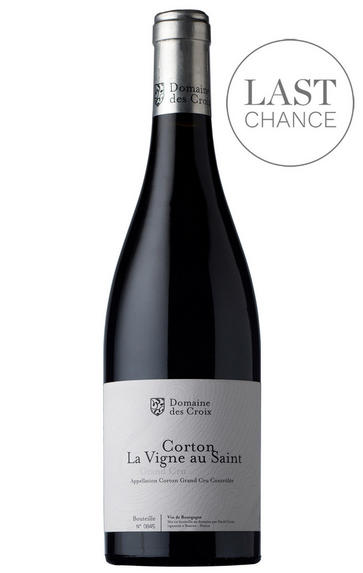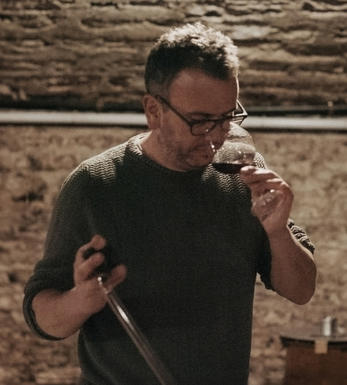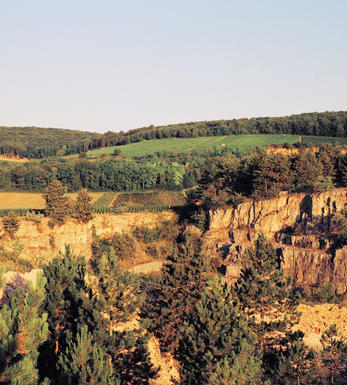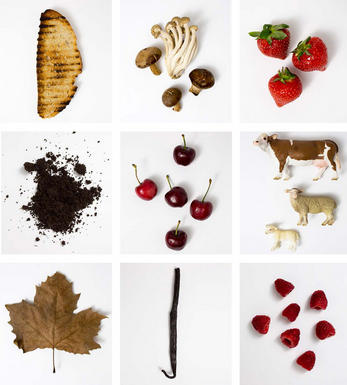
2018 Corton, La Vigne au Saint, Grand Cru, Domaine des Croix, Burgundy

About this WINE

Domaine des Croix
The former Domaine Duchet in Beaune has been bought by American Roger Forbes and his co-investors, and entrusted to the care of David Croix, the gifted winemaker for Camille Giroud. David, the emerging talent of the year according to Bourgogne Aujourd'hui magazine (issue no. 73) is in complete charge at the domaine, which has been renamed Domaine des Croix. The first vintage, 2005, comprised Corton-Charlemagne, Bourgogne Rouge, Beaune and various Beaune premiers crus from Pertuisots, Cent Vignes, Bressandes and Grèves. The vineyards have been farmed organically since 2008. From 2009 there will be Aloxe-Corton and Corton Grèves.
Jasper Morris MW, Burgundy Wine Director and author of the award-winning Inside Burgundy comprehensive handbook.

Aloxe Corton
These two Grand Cru vineyards, Corton and Corton-Charlemagne, lie astride three villages at the northern end of the Côte de Beaune: Ladoix, Aloxe-Corton and Pernand-Vergelesses. The main body of the hill of Corton faces due south, with an extended flank exposed to the east, and another facing westwards. The white wines mostly come from west and south-west expositions, along with a narrow band around the top of the hill.
The Emperor Charlemagne owned vines here in the eighth century, and legend has it that his wife insisted he planted white grapes so as not to spill red wine down his beard and clothes. Corton-Charlemagne is always white and there is also a theoretical Grand Cru appellation called, simply, Charlemagne, which is never used. Corton is almost entirely red but there are a few white wines too.Ladoix is a rarely-seen appellation, as most wine here are sold as Côte de Beaune Villages. Aloxe-Corton is better-known, but as with Ladoix the best vineyards have been designated as Corton and Corton-Charlemagne.
There are also 25 lieux-dits that may be used on wine labels, together with Corton: Les Bressandes, Les Chaumes, Clos des Meix, Clos du Roi, Les Combes, Le Corton, Les Fiètres, Les Grèves, Les Manguettes, Les Maréchaudes, Le Meix Lallemand, Les Paulands, Les Perrières, Les Pougets (Pougeots), Les Renardes, La Vigne au Saint, Les Basses Mourottes, Les Carrières, Clos des Cortons Faiveley, Les Grandes Lolières, Le Rognet et Corton, La Toppe au Vert and Les Vergennes.
- 90 hectares of village Aloxe-Corton
- 38 hectares of Premier Cru Aloxe-Corton
- 118 hectares of village Ladoix
- 14 hectares of Premier Cru Ladoix
- 72 hectares of Corton-Charlemagne. The finest from En Charlemagne (Pernand) and Le Charlemagne (Aloxe)
- 160 hectares of Corton. The best from Clos du Roi, Bressandes, Pougets

Pinot Noir
Pinot Noir is probably the most frustrating, and at times infuriating, wine grape in the world. However when it is successful, it can produce some of the most sublime wines known to man. This thin-skinned grape which grows in small, tight bunches performs well on well-drained, deepish limestone based subsoils as are found on Burgundy's Côte d'Or.
Pinot Noir is more susceptible than other varieties to over cropping - concentration and varietal character disappear rapidly if yields are excessive and yields as little as 25hl/ha are the norm for some climats of the Côte d`Or.
Because of the thinness of the skins, Pinot Noir wines are lighter in colour, body and tannins. However the best wines have grip, complexity and an intensity of fruit seldom found in wine from other grapes. Young Pinot Noir can smell almost sweet, redolent with freshly crushed raspberries, cherries and redcurrants. When mature, the best wines develop a sensuous, silky mouth feel with the fruit flavours deepening and gamey "sous-bois" nuances emerging.
The best examples are still found in Burgundy, although Pinot Noir`s key role in Champagne should not be forgotten. It is grown throughout the world with notable success in the Carneros and Russian River Valley districts of California, and the Martinborough and Central Otago regions of New Zealand.


Buying options
Add to wishlist
Description
This wine is a bin-end, discounted by 20%. Excludes BBX stock.
This small vineyard has just three owners (the others are Latour and Méo-Camuzet); it’s southwest-facing on Ladoix limestone under red, iron-oxide topsoil. The wine is ramrod straight and correct, chin-in-the-air Corton. Drink 2026-2033.
wine at a glance
Delivery and quality guarantee